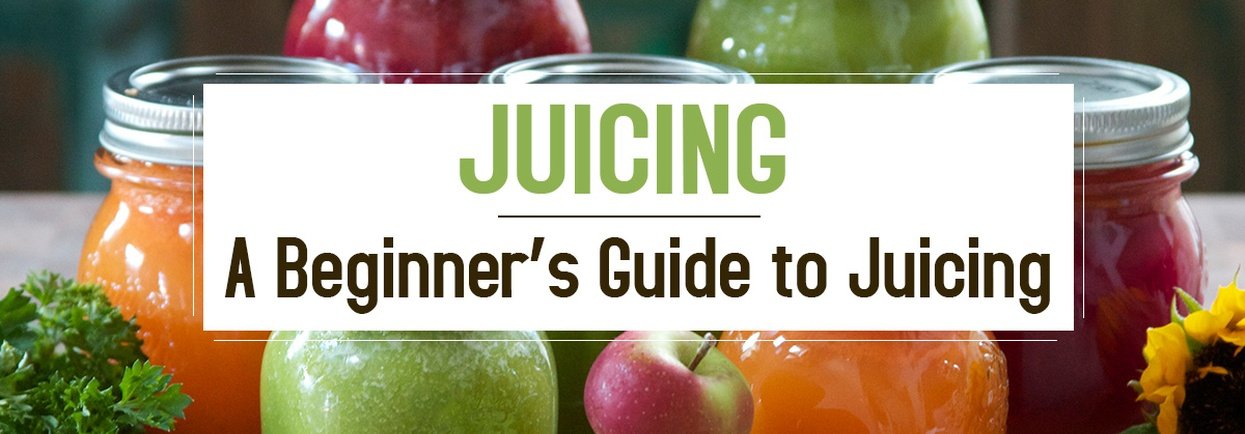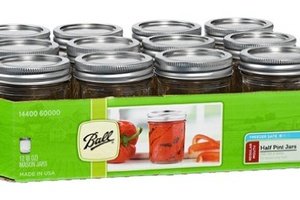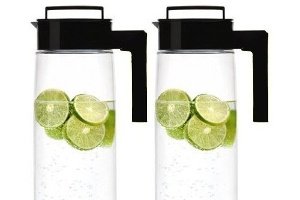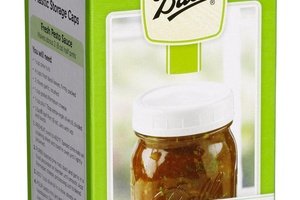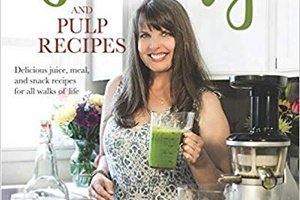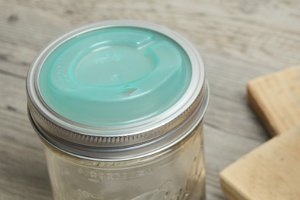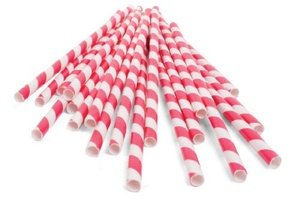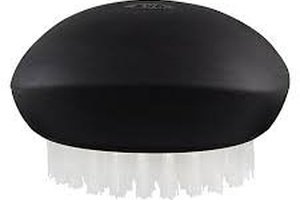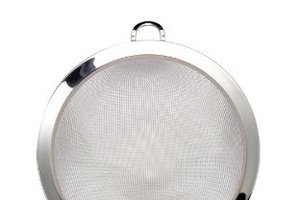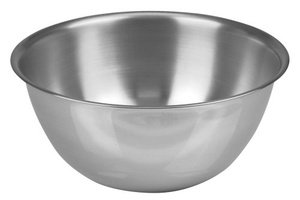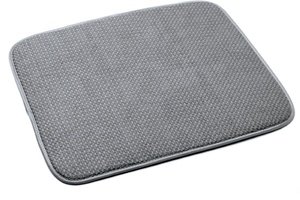Juice Recipe Collections
If you're looking to jump right in, here's some recipe collections
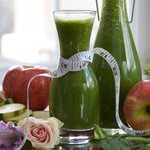
Weight Loss
12 Weight Loss Recipes
Losing weight by juicing is one of the things that makes juicing... View Collection
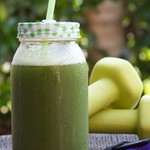
Energy
12 Energy Recipes
When your goal is to get more energy, you need to start looking ... View Collection
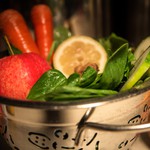
Immunity
12 Immunity Recipes
There's no better time than now to start boosting your immunity ... View Collection
What You Should Know
Is juice the same thing as a smoothie?
No, these are two very different things. They're both very healthy for you, and one isn't better than the other, necessarily.
A smoothie is made in a blender. It's blended, not juiced. With a smoothie, you retain the pulp (which is insoluble fiber). This can be either gross or good depending on what you're blending. A blended drink yields a lot more because of the pulp, and some people like that, but others find it difficult to drink all of it.
Juice is juiced with a juicer. Juicers 'juice' your produce and separate the pulp (the insoluble fiber) from it. You discard the pulp and drink the juice. You still get fiber in the form of soluble fiber. I know, crazy, right? You just learned something new today.
Juicers are things like a Breville juice fountain, Omega VRT350, Omega 8006, etc. Not a nutribullet! A nutribullet is a blender that blends. Those blades chop things up like every blender works. It has pulp in it no matter how much you blend it. It can't turn into juice unless you separate the juice from the pulp or you apply magic to it (like their marketing team does).
If you only have a blender and still want to juice, you still can! If you get a cheese cloth or something similar, you can strain your blended drink and turn it into juice. It's a little more work and wont yield as much as a good juicer, but it's something.
If you want to read more about juicing vs blending, take a look at our article on Juicing vs Blending.
There's nothing wrong with smoothies. We love those too, and we even have a separate site dedicated to smoothie recipes because we consider the recipes to be so different. This isn't a battle of "what's better? Juice or smoothies?", it's a battle of "what do you like best?"
My friend said juicing isn't healthy because you don't get any fiber.
Fiber is what helps move food through the digestive system, but it's not digested. There's two types of fiber: 'soluble' and 'insoluble'.
When you juice, the pulp you see in the 'pulp bin' is mostly the insoluble fiber.
You're still getting plenty of soluble fiber in your juice. Even if your juice gave you 0 grams of fiber, it would still be very healthy for you.
It's like saying that your water isn't healthy because it doesn't have fiber in it. Juice is a healthy beverage and shouldn't be relied on for your insoluble fiber.
What's the difference between soluble and insoluble fiber?
Insoluble fiber is the left-over pulp after juicing. Only a small amount of this makes it to your juice. If you were to mix insoluble fiber in a glass of water, it would sink to the bottom, absorb the water and puff up. If you imagine that moving through your body, you can picture what it does for you. It's beneficial to help get things 'moving' and prevents constipation.
Soluble fiber will make it to your juice. Soluble fiber is 'soluble' in water. Soluble fiber (like gums and pectins) will partially dissolve in water and form a type of gel. Soluble fiber absorbs digestive bile made by cholesterol, which creates even more digestive bile, which then helps to lower LDL (bad) cholesterol. Soluble fiber also can help moderate your blood glucose levels because it helps sugar to be more slowly absorbed, which is why some diabetics report juicing to be helpful to them.
We personally love the consistency and the great flavors we can make with juice. We can put weird things like sweet potatoes in our juicers and create a delicious dessert-like juice, but we sometimes feel a bit limited with flavors in our smoothies.
What's the easiest way to get started juicing?
Take one of our Juice Challenges.
Our Juice Challenges were created by us to make this whole juicing thing as simple as possible while still allowing you to challenge yourself to get into a healthier habit/lifestyle of juicing. Our free challenges aren't juice cleanses, they're a challenge to drink a minimum of 1 glass of juice a day, every day, for the length of the challenge. You still eat normally.
The reason why it's suggested for a beginner is because we supply you with a shopping list and we tell you which recipe to make every day using that shopping list, so we've taken a lot of the thought out of juicing so you can just focus on enjoying it.
After a challenge, you'll have a new sense of how flavors come together in your juice and you'll be able to start experimenting with your own recipes. People have lost weight and feel great after going through a challenge. Give it a try!
Other Fun Things
If you get a weird vegetable from the market, you can see if it exists in one of our recipes on our ingredients page or check out the nutrients in it by visiting our juice builder page.
Also, be sure to check out our collection of juice recipes at the top of this page. You might find it's exactly what you're looking to start with.
Juicing Essentials
Also known as "Cool stuff that a juicer would love!"
First, you definitely need a juicer if you don't have one yet, which usually comes with the question...
Which juicer should I get?
This depends on your lifestyle and budget. We have a blog article on this called 'Which Juicer Should I Get?'
We currently use the Omega VRT350 and the Omega NC800HDS.
If you have a juicer, these should look fun!
Frequently Asked Questions
Questions we get asked quite... frequently about juicing
Can I store my juice?
Answer: Yes
The popular belief is that juice can last for up to 72 hours in the fridge in an airtight container. Yes, nutrients are lost overtime, but it's a very slow process. We're talking fractions per hour, here.
There's also enzyme stability. Enzymes are the catalysts that perform all of the reactions in our bodies. It's the same story as the nutrients, though. The enzymes are lost slowly overtime, and it's safe to say that at 72 hours, you've only lost a small percentage of the enzymes in your juice.
You're going to hear "you have to drink it right away!", but just let those people do their lifestyle, and you do yours. Don't let people scare you away from storing your juice. You can juice with any lifestyle. We've got science on our side.
Sources
72 Hour Fresh Juice Stability Study (1/2)72 Hour Fresh Juice Stability Study (2/2)
Does 'juicing' mean only drinking juice and not eating?
Answer: No
You can enjoy just 1 glass of juice a day and feel the benefits of it. Juicing for all of your meals is called a juice cleanse (aka 'juice fast' or 'reboot'), and it's a bit extreme for a beginner. If you're new, try out one of our free juice challenges first. It's a juice plan that includes a shopping list and one juice recipe a day.
If you're ready to try a juice cleanse, we have Juice Cleanse Challenges.
Am I supposed to replace a meal with juice?
Answer: No, unless it's a lot of juice (32oz).
(this doesn't apply to people on a juice cleanse)
We're finding that way too many people are replacing multiple meals with just 1 glass of juice, and "feeling light-headed for some reason". Being healthy and losing weight doesn't mean eating less, it means eating right. Anyone can lose weight by starving themselves. Don't do this, no one said to do this. Alright, maybe some fad diets say to do this, but they're terrible and that's why they're fad diets.
Incorporate juicing into your life as a snack or beverage.
Even when you're on a juice cleanse, you have to drink a ton of juice daily (~80oz depending on the person).
Juice has a lot of calories, right?
Answer: Not really. Whatever the number is, they're healthy calories.
Don't be concerned about getting fat off of juice because you looked at the back of a potato chip bag and saw it has similar calories. A juice calorie isn't the same as a potato chip calorie. These are very healthy calories, and if you're worried about juice calories, you're in the wrong mindset to being healthy.
Look more at the other amazing nutrients that could be in your glass. An avocado has a ton of calories, but you'll never find anyone saying avocados will make you fat.
But the sugar, that's gotta be bad, right?
Answer: Natural sugar isn't the same as refined sugar.
A gram of refined sugar from coke is no where near what a gram of natural sugar is. These are two very different things.
The nutrition labels in the USA are changing to include "Added Sugars" (mainly refined sugar) instead of lumping it all in "Sugars", because the USDA recognizes that this is a problem and common misconception.
I can make juice in my blender, right?
Answer: Sort of.
Our recipes are made with juicers in mind, not blenders. You can make juice with a cheesecloth and such, but it's a bit of work. If you're looking for healthy recipes to make with your blender, visit our other site: SmoothieRecipes.com.
Can I add the pulp back into my juice?
Answer: Sure...
You can, but that sounds like you're just making a smoothie the hard way.
Should I strain my juice to remove all the pulp?
Answer: We like to, but it's a personal preference.
Sometimes we're in a pulpy mood, but we personally like to strain our juice with a mesh strainer and a big bowl. We just like it smooth.
Should I peel ____?
Answer: Usually, you don't have to.
This is a tough one to answer because there's hundreds of different fruits and vegetables. The general idea is to use common sense and if the skin is edible, you should be fine to juice it.
Here's a few tips that we've learned:- Peel oranges (the peel has an oil in it that tastes really bitter and gross). It's edible, but everyone only makes this mistake once.
- No need to peel lemons/limes. The peel gives off an interesting flavor. It's up to you!
- We think you should peel mangos because the skin isn't edible. Also, there's a giant seed in them that will destroy your juicer, so de-seed that.
I like to laugh about that sometimes.
Do you have an app?
Answer: Not yet.
It's tough building all of our site's functionality into an app, but we're working on it. We want to make something really great and unique instead of just trying to make a quick buck off of our name.
For now, though, we made sure our site works great on mobile devices.
Do you have a recipe book?
Answer: One of our recipe authors does.
One of our recipe authors, Tracee Sloan, has a juicing book that you can get on Amazon. You can get her book here.
